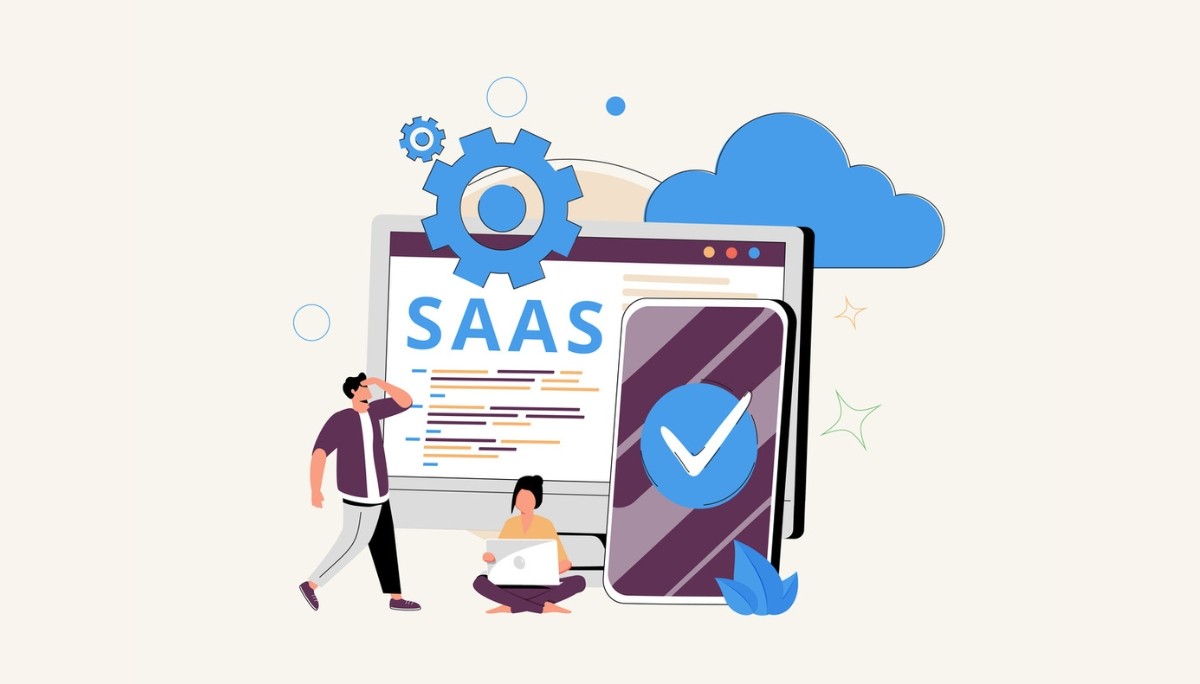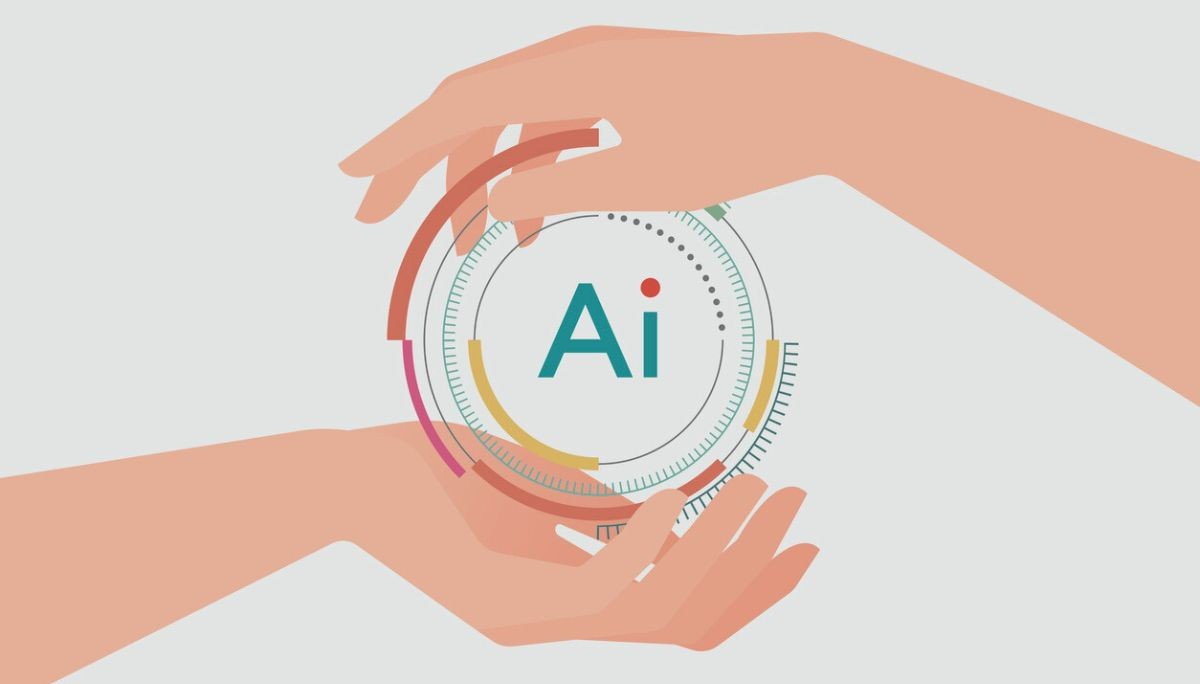Product Requirements Document Templates, Samples & PRD Best Practices
By
Liz Fujiwara
•
Oct 16, 2025
A Product Requirements Document (PRD) is a foundational document that outlines what a product must accomplish to meet both business objectives and user needs. It serves as a roadmap for the development team, providing clear guidance on features, functionality, and design specifications. By detailing the product’s goals, use cases, and success criteria, a PRD ensures that all stakeholders, product managers, designers, engineers, and executives, are aligned on the project vision. This alignment helps prevent misunderstandings, reduces development inefficiencies, and increases the likelihood that the final product will deliver value to users while fulfilling business objectives. Additionally, a well-crafted PRD serves as a reference point throughout the product lifecycle, supporting decision-making, prioritization, and iterative improvements.
Key Takeaways
A Product Requirements Document (PRD) aligns business and technical teams, ensuring a shared understanding of product goals and minimizing miscommunication.
Key components of an effective PRD include clear capabilities, use cases, success metrics, and iterative stakeholder feedback to enhance clarity and precision.
Utilizing PRD templates streamlines documentation, saves time in drafting, and helps maintain alignment among teams throughout the product development process.
Understanding a Product Requirements Document (PRD)

A Product Requirements Document (PRD) is a foundational document that outlines the specific needs of a product. It serves as a central reference for both business and tech teams, ensuring a shared understanding of product goals. Effective PRDs facilitate communication among stakeholders, aligning perspectives on product requirements and expectations.
A well-crafted PRD can significantly improve the efficiency of the product development process by minimizing misunderstandings and miscommunications. While the structure and content may vary depending on the project type and development methodology, the primary purpose of a PRD remains to ensure that everyone involved is aligned and informed.
Key Components of a PRD
A well-structured PRD acts as a roadmap for product development and typically includes:
Explicit capabilities
Use cases
System and environmental requirements
Usability criteria
Assumptions
Constraints
Dependencies
These elements collectively ensure that the product team understands what needs to be built, why it’s necessary, and how success will be measured.
Functional Requirements and User Stories
Functional requirements provide detailed descriptions of what the product must do to meet user needs. They outline how the system will respond to specific actions or inputs, ensuring alignment between functionality and user expectations.
User stories, framed from the perspective of the end user, clarify the user’s needs and the problems the product aims to solve. Incorporating user stories into the PRD aligns the product’s features and functionalities with real-world user needs.
Success Metrics and Performance Metrics
Success metrics evaluate the effectiveness and progress of a product throughout its development cycle. They provide clear alignment on product goals by linking user stories to measurable outcomes, forming a solid business case.
Performance metrics assess how well the product performs under various conditions, ensuring it meets functional requirements and operates efficiently and reliably.
Steps to Creating an Effective PRD

Creating an effective PRD involves a systematic approach that typically includes:
Gathering requirements
Drafting the document
Reviewing the draft
Refining the document
Creating the final version
This structured process helps product managers clearly define the product’s purpose while ensuring all key elements of marketing and product management are addressed in go-to-market plans.
Gathering Requirements from Stakeholders
Early engagement with stakeholders uncovers detailed requirements and diverse perspectives. Without a clear understanding of user needs, the PRD may mislead the team and hinder project success. Incorporating insights from customer interviews, team discussions, and cross-functional input ensures relevance and completeness. Shared access to the PRD fosters collaboration, allowing stakeholders to provide feedback and collectively contribute to the document.
Drafting the First Version
Using templates streamlines the initial drafting process and ensures that all necessary elements are addressed. Placeholders in the draft allow flexibility for open questions and ongoing discussions, creating a living document that can adapt as new information becomes available.
Reviewing and Refining the Document
Iterative feedback from technical teams and stakeholders is critical for improving clarity and quality. Input from design, engineering, and other relevant teams ensures that all requirements are accurately captured and agreed upon. This iterative review process fine-tunes the PRD, aligning it with product objectives and maintaining its status as a living document that evolves throughout development.
Best Practices for Maintaining a Living Document

Regular updates to the PRD ensure it reflects changes or feedback from the development process. Linking user stories to corresponding items in the development team’s issue tracker enhances transparency and keeps everyone aligned with the product’s requirements and goals.
PRD templates further support team collaboration by maintaining alignment across stakeholders. Embedding links to detailed resources within the PRD helps manage complexity by gradually disclosing information as needed, saving time and providing clarity for team members.
Common Mistakes to Avoid When Writing PRDs

Avoid including excessive design or technical specifications in a PRD, as these can distract from the main objectives. Maintaining clarity and alignment is essential to ensure all teams work toward the same goals.
Using a PRD template helps minimize common documentation pitfalls, such as unclear objectives or insufficient stakeholder input. Avoiding these mistakes results in more effective and aligned PRDs.
Examples of Effective PRDs

Effective PRDs serve as a critical touchpoint for fostering collaboration and aligning teams across the product development process. A well-structured PRD typically includes sections such as:
Project overview
Objectives
Functional requirements
User stories
These sections are designed for clarity and practical solutions, ensuring everyone is on the same page. PRDs provide transparency, improve communication, and serve as a solid foundation for new projects, helping product managers guide development effectively.
How Fonzi Can Help You Hire Top AI Engineers
Fonzi is a curated AI engineering talent marketplace that connects companies with top-tier, pre-vetted AI engineers through its recurring hiring event, Match Day. The platform supports both early-stage startups and large enterprises, accommodating hiring needs from the first AI hire to the 10,000th.
What Makes Fonzi Unique?
Fonzi provides structured evaluations with built-in fraud detection and bias auditing, ensuring clarity, fairness, and precision in candidate assessments. This approach maintains the integrity of the hiring process and allows organizations to fine-tune their selection criteria with attention to detail, including UX design.
The Hiring Experience with Fonzi
Fonzi makes hiring fast, consistent, and scalable, with most hires happening within three weeks. The platform ensures candidate quality through a rigorous vetting process, selecting only top-tier engineers and high-potential companies. Match Day is a focused hiring event that enables companies to make data-driven matches with potential candidates efficiently.
Summary
In summary, a well-crafted PRD is essential for the success of any product development process. It serves as a central point of reference, ensuring that all stakeholders remain aligned and informed. By following best practices and avoiding common mistakes, you can create a PRD that is both effective and efficient.
Whether you’re using PRD templates to streamline the process or leveraging Fonzi to hire top AI engineers, these tools and strategies can help you achieve your product development goals. The key to a successful PRD lies in clarity, alignment, and continuous refinement.




